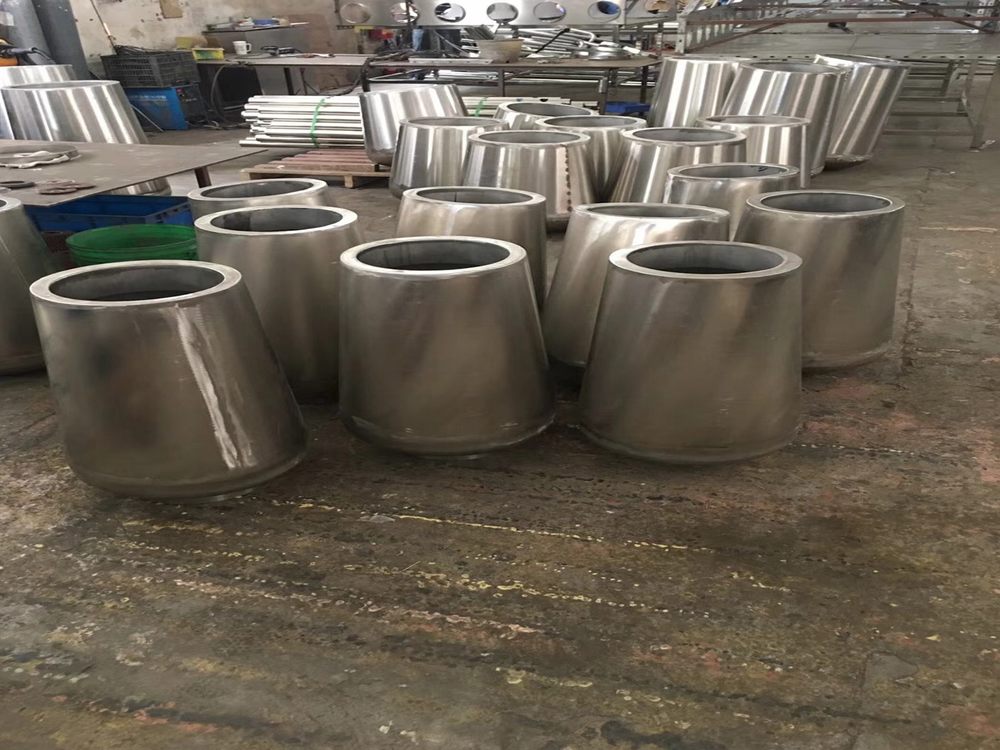
Creating metal sculptures for coastal or marine environments requires careful planning to ensure longevity and safety. The high salinity, humidity, and constant exposure to water in these areas can accelerate corrosion and degradation. Here are the key considerations:
1. Material Selection: Opt for corrosion-resistant metals like stainless steel (grades 316 or 2205), bronze, or corten steel. These materials withstand saltwater exposure better than standard metals.
2. Protective Coatings: Apply marine-grade coatings such as epoxy, powder coatings, or galvanization to add an extra layer of protection against rust and erosion.
3. Design and Structure: Avoid intricate crevices where salt and moisture can accumulate. Smooth, streamlined designs with proper drainage reduce corrosion risks.
4. Anchoring and Stability: Ensure sculptures are securely anchored to withstand strong winds and waves. Use marine-grade fasteners to prevent weakening over time.
5. Maintenance Planning: Regular cleaning to remove salt deposits and inspections for early signs of wear can extend the sculpture’s lifespan.
By prioritizing these factors, artists can create stunning, durable metal sculptures that thrive in coastal or marine settings.

